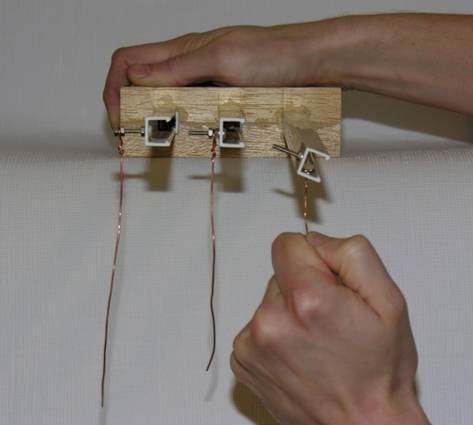Nothing wrong with the book or notes. This is just a little unintuitive at first until you take some time to internalize it.
The shear center lies on an axis of symmetry. If two axis of symmetry exist, it will lie on both of them at the centroid. Otherwise, it is only constrained to lie on one of them. The location of the shear center on the unsymmetric axis is determined by the equation for e.
If the centroid is located at the shear center, then it will not twist. However, if they are in different locations, twisting will happen at the centroid if a force is applied there.

According to McGraw Hill Companies inc,
Shear Center: Of any cross section of a beam, that point in the plane of the cross section through which a transverse load must be applied in order that there will be only bending of the section and no twisting.
This picture shows how this works:



If the downwards force is applied along the screw at any point other than the shear center, twisting will occur.





